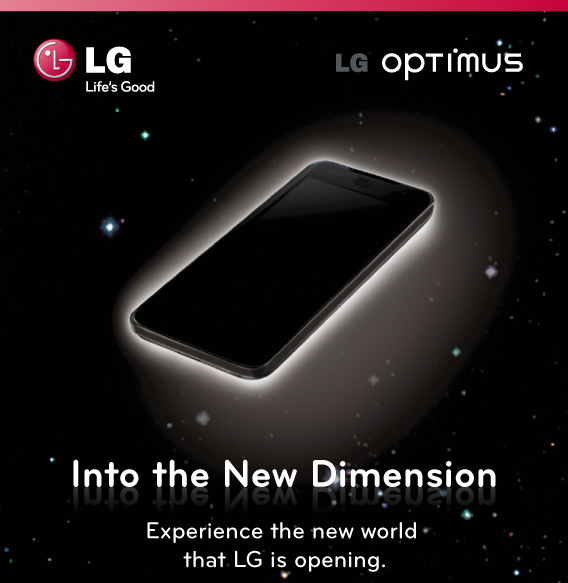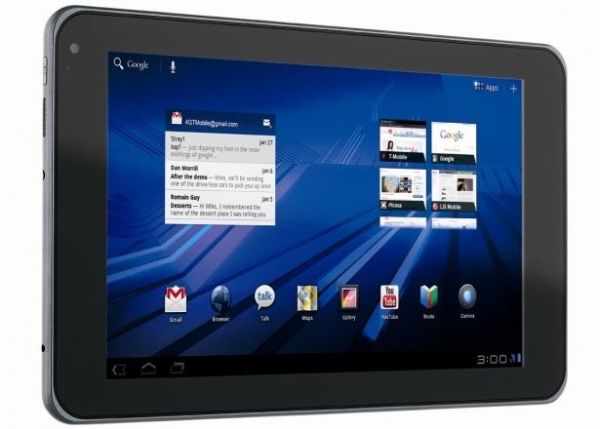MWC 2011: LG Optimus 3D and Optimus Pad Announced
by Vivek Gowri on February 13, 2011 6:15 AM EST- Posted in
- MWC 2011
- Tegra 2
- LG
- Honeycomb
- Optimus 3D
- Optimus Pad
- Trade Shows
Mobile World Congress 2011 is upon us, and LG is kicking things off by announcing the Optimus 3D smartphone and the Optimus Pad tablet.

The Optimus 3D is an Android-based smartphone with a 4.3” screen and a TI OMAP 4 SoC, boasting a 1GHz dual-core Cortex A9 processor and the PowerVR SGX 540 graphics processor. But the real story here is the glasses-free 3D viewing promised by the WVGA display and the dual-lens camera used to capture 3D video. The Optimus 3D is the one of the world’s first 3D-enabled smartphones, and LG is pushing that as a major differentiating factor in the increasingly cutthroat “superphone” market. In addition, the Optimus 3D has an HDMI out and more video decoders than other Android devices, always a good thing for media-centric devices.
The Optimus Pad is another addition to the Honeycomb/Tegra 2 tablet class, joining the Motorola Xoom, Asus Eee Transformer, Acer Iconia A500, and many others. It has an 8.9” WXGA display, though in this case the 15:9 ratio results in a 1280x768 resolution. In keeping with the 3D theme, the Optimus Pad features stereoscopic 5MP cameras for 3D 1080p video capture, being the first tablet on the market to do so. The Pad is essentially the same device as the LG G-Slate that T-Mobile announced at CES. LG’s press release was a bit light on details about the Optimus Pad, but based on what we know about the G-Slate, we can say that there will also be a 2MP front facing camera, 32GB of flash storage onboard, and an HDMI output. LG neglected to give us a picture of the Optimus Pad, so I’ve tossed in a picture of the G-Slate from T-Mobile’s press release.
The interesting side story playing out here is that LG is using different SoCs for different product lines, as we’ve seen from some other companies (notably Dell, Acer, and Asus). Until now, the market was pretty much split between people using either TI or Qualcomm for smartphones - HTC, LG, Dell, and Sony Ericsson were Snapdragon, Motorola and Palm were OMAP 3, and Samsung and Apple used their own chips based on ARM designs. Now, with the addition of Nvidia’s Tegra 2 to the mix, everyone is seemingly hedging their bets. HP (formerly Palm) just dumped TI for Snapdragon across the board, but everyone else has a combination of the three vendors, feeling out the direction of the SoC market. So I suspect that we'll be seeing quite a lot of mixed SoC announcements in the coming days.











3 Comments
View All Comments
FunBunny2 - Sunday, February 13, 2011 - link
Doesn't anyone else "see" the absurdity of 3D telephone calls??tech6 - Sunday, February 13, 2011 - link
+1: 3D TV is already lame but 3D phones are ridiculous.softdrinkviking - Sunday, February 13, 2011 - link
Wonder how using three different socs will effect optimizations for individual architectures.